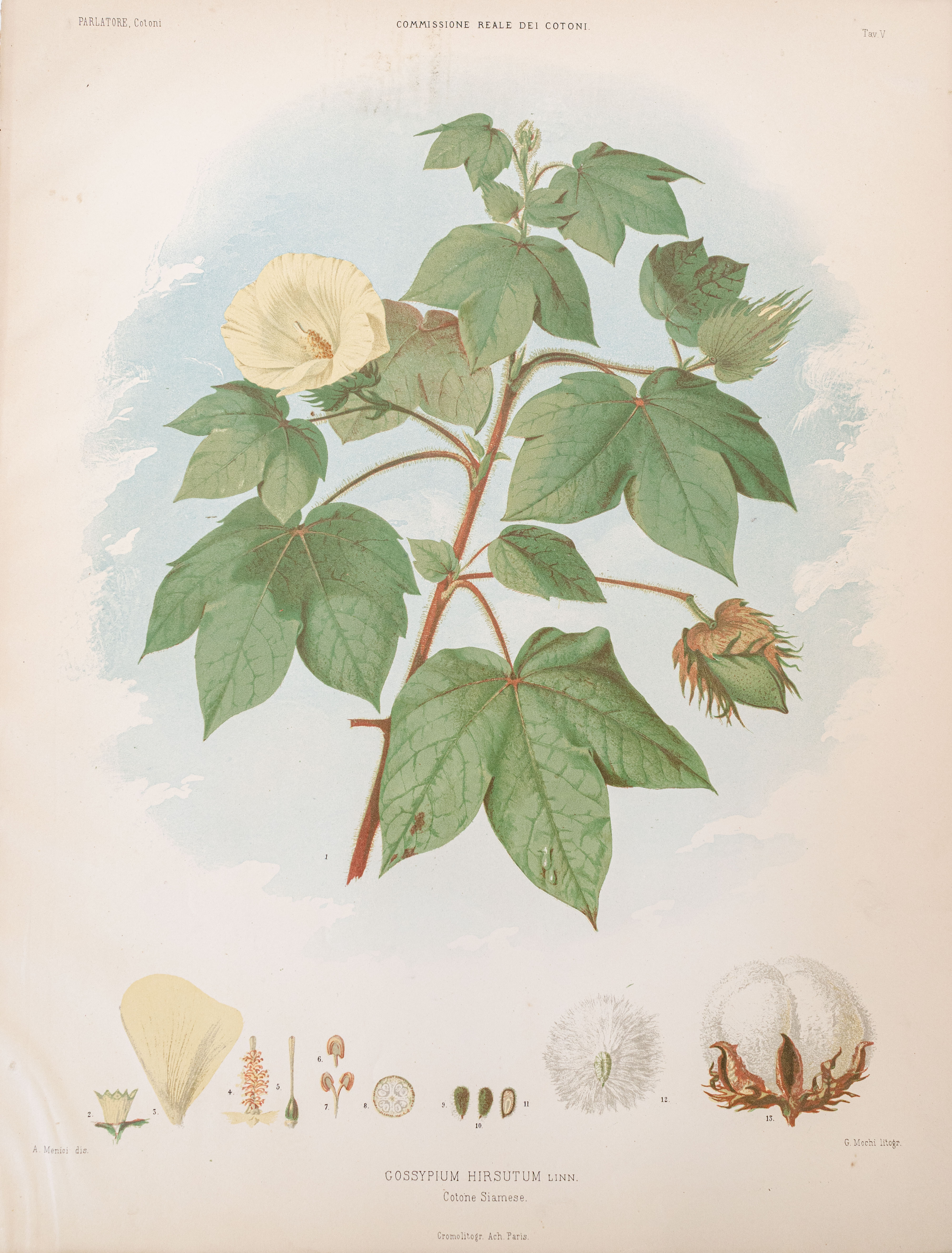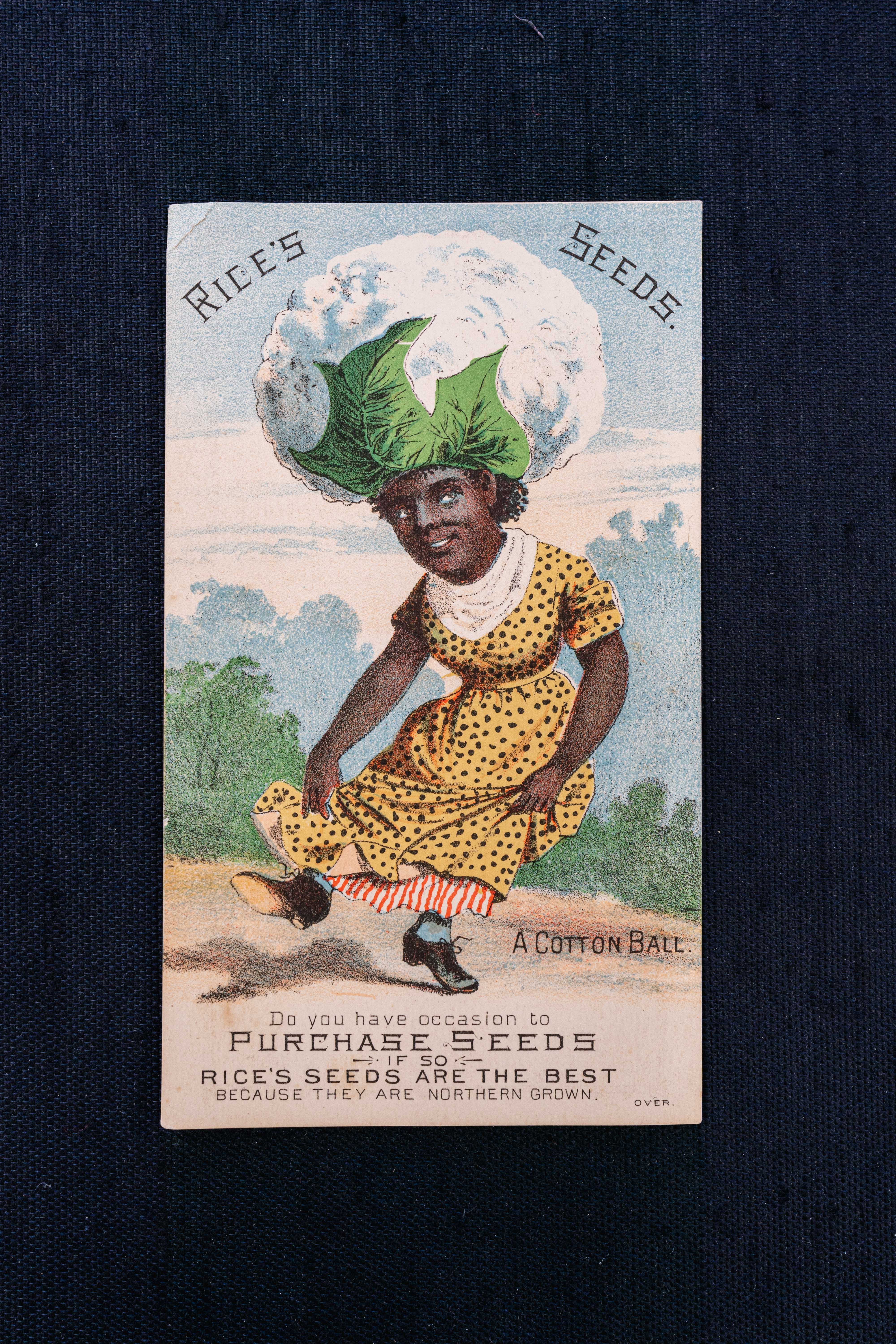By Rashad Bell, Nuala Caomhanach
Feb 20 2020
The Cotton Plant (Gossypium) stood at the center of the most exploitative production complex in human history: slavery. Cotton is botanically complex, economically significant, and historically inerasable. Nineteenth-century observers knew cotton’s role in reshaping the world, and the United States had ready supplies of three crucial elements: land, credit, and labor.
Access to labor, if necessary by coercion, was a precondition for turning land into a productive source for raw materials. Whilst Gossypium seems a passive object in the history of slavery, the physical anatomy of the plant structured how people laboring to harvest it experienced the task. Tightly planted cotton required people of smaller stature that could move through the rows with minimum damage to the bolls. Because the bolls ripen for harvesting from the lower to the upper stems, enslavers managing plantations thought Black women and children offered the best means to maximize harvesting output. Expertise of harvesting formed under extreme duress and the everyday physical threat of violence by plantation owners and managers concerned only with the bottom line; profit.
The pericarp or wall of the fluffy cotton boll becomes hard and sharp as it dries. The bolls’ softness hides the reality of Black experience of handpicking cotton. Men, women, and children bent over for up to 18 hours a day, harvesting cotton under extreme duress with the everyday physical threat of violence as the unforgiving pericarp cut and scratched their bare skin.
“…Mack, the youngest brother… [His] whip spared neither old not young. This youth ordered every negro to pick one cwt. of cotton each day—which was almost impossible for them to do—and on their not presenting that amount of cotton at the machine, he gave them from twenty-five to fifty lashes each; so that during the cotton-picking season, the place was filled with screams of agony every evening.” —The Experience of a Slave in South Carolina (1862), John Andrew Jackson





